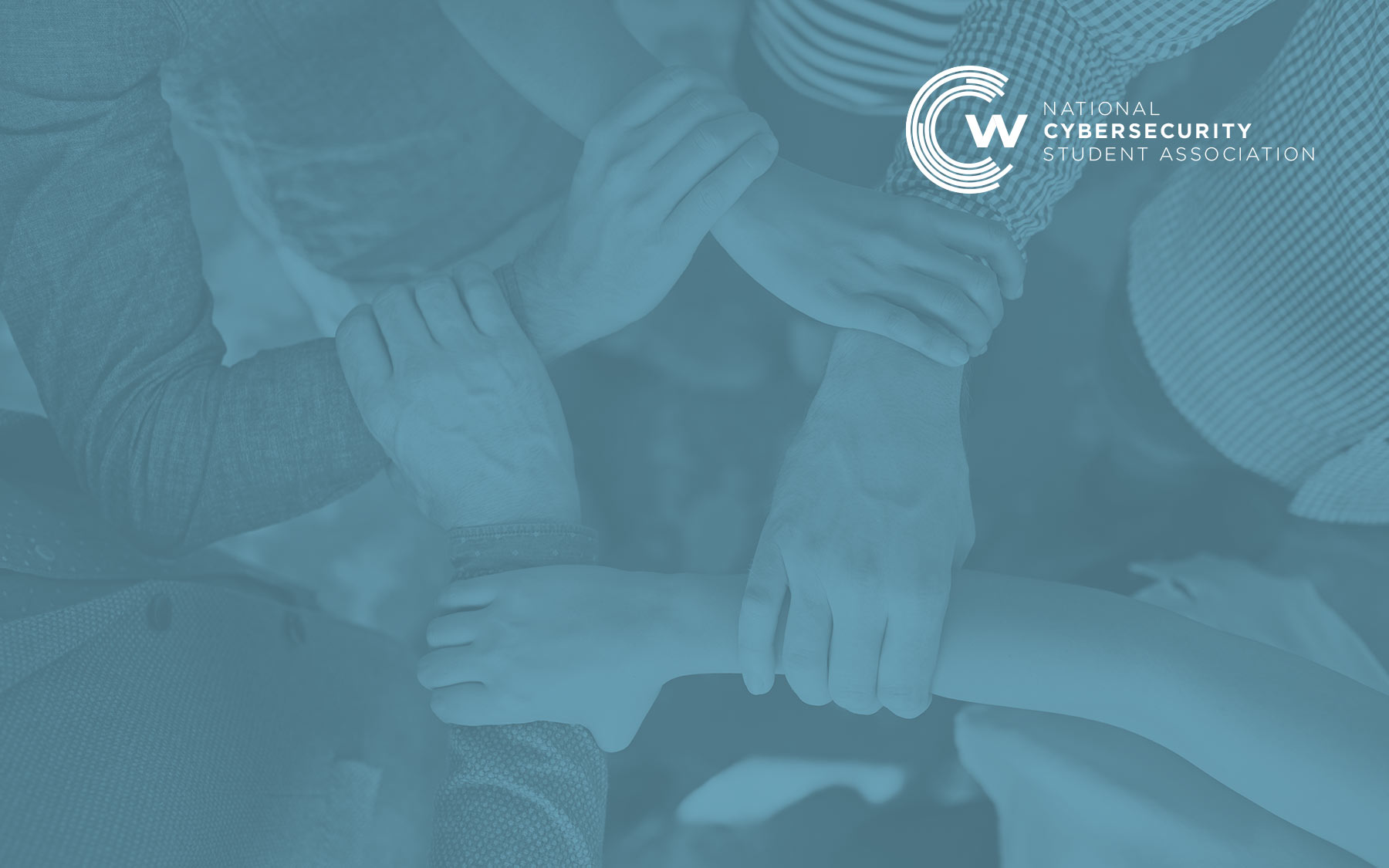According to (ISC)² 2015 Global Information Security Workforce Study, over the next five years there will be a 1.5 million global workforce shortage in the information security field. With the rapid advancements in technology and rising threats, it is crucial that we establish a front line of defense in order to bolster the security and resilience of cyberspace. President George W. Bush’s 2008 Comprehensive National Cybersecurity Initiative (CNCI) addressed the need to expand cyber education. It stated, “in order to effectively ensure our continued technical advantage and future cybersecurity, we must develop a technologically-skilled and cyber-savvy workforce and an effective pipeline of future employees.” President Obama built upon CNCI’s national U.S. cybersecurity strategy and created his 2009 Cyberspace Policy Review along with the Cybersecurity National Action Plan (CNAP) for supporting cybersecurity education.
NIST responded to this challenge and created The National Initiative for Cybersecurity Education (NICE) program. Its mission is “to energize and promote a robust network and an ecosystem of cybersecurity education, training, and workforce development.” NICE’s three key components addresses the need to (1) accelerate learning and skills development (2) nurture a diverse learning community and (3) guide career development and workforce planning, which lead to the National Cybersecurity Workforce Framework. “It provides a blueprint to categorize, organize, and describe cybersecurity work into Specialty Areas, tasks, and knowledge, skills and abilities (KSAs).” The framework outlines seven key categories within thirty-two specialty areas. (1) operate and maintain (2) protect and defend (3) investigate (4) collect and operate (5) analyze (6) securely provision and (7) oversight and development. As a student, reading, learning and understanding the thirty-two specialty areas gave me a greater understanding of the many pathways that are available to choose from. Having a good understanding in all of these areas will greatly increase your ability to be successful. Educating yourself is key.
Conferences like the Colloquium for Information Systems Security Education (CISSE), Community College Cyber Summit (3CS) and the National K-12 Cybersecurity Education Conference all aid in supporting and promoting cyber education. Events like these allow students to further educate themselves while filling their quench for knowledge. Conferences give you the ability to meet with professionals and build out your professional network. NICE will be hosting their 7th annual Conference & Expo November 1-2 in Kansas City, MO. Their theme this year is “Innovations to Shape the Future Cybersecurity Workforce.” If your there, check out NCSA’s presentation at the Birds Of a Feather (BOF) session.
Building and preparing a digital workforce of the 21st century is no easy task. It takes the support from academia, government and industry. Student leaders are equally important. We are on the front lines helping to foster innovation in a world full unexplored of talent in order to build a better future for our nation and bolster the security and resilience of cyberspace.


